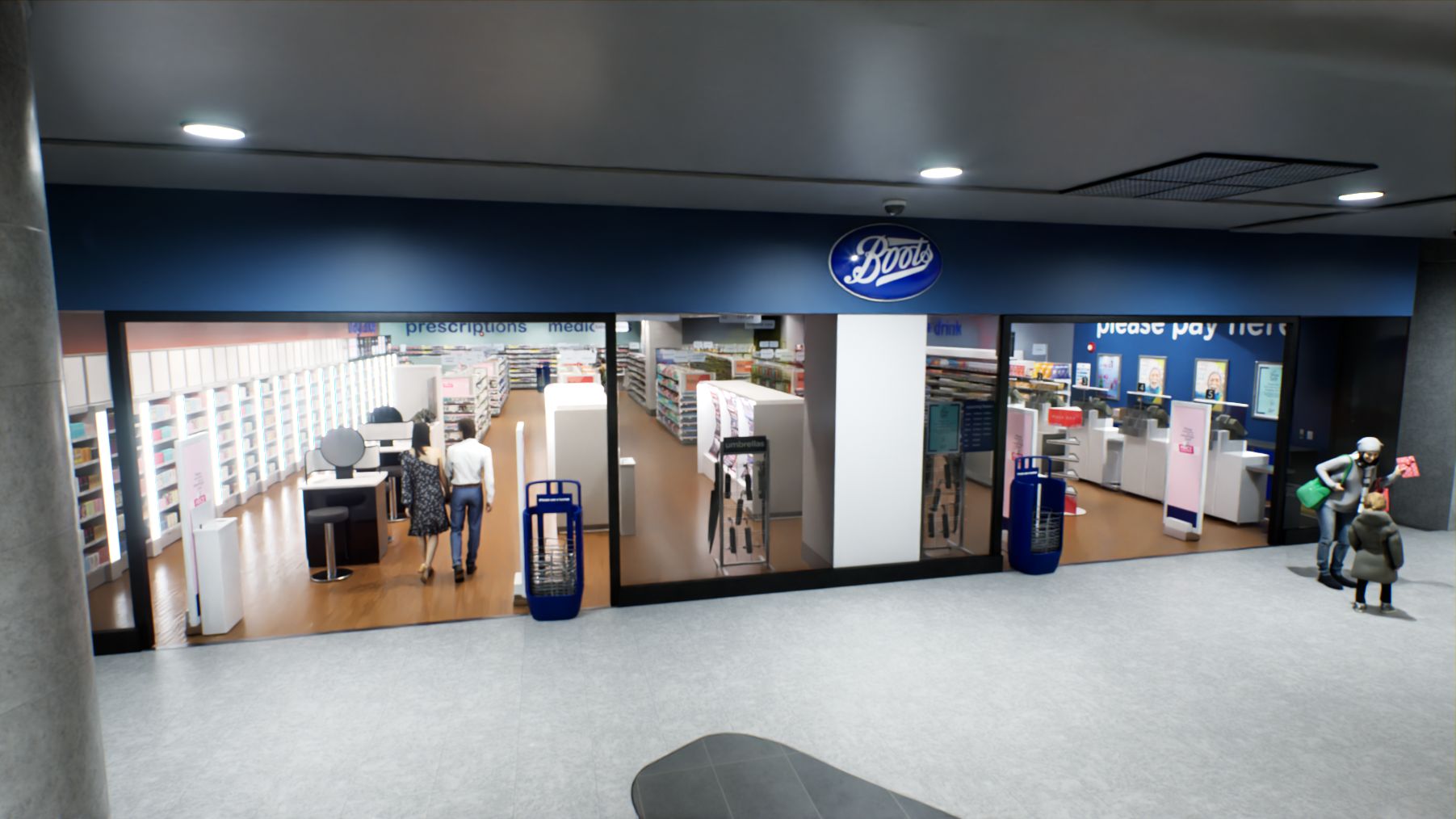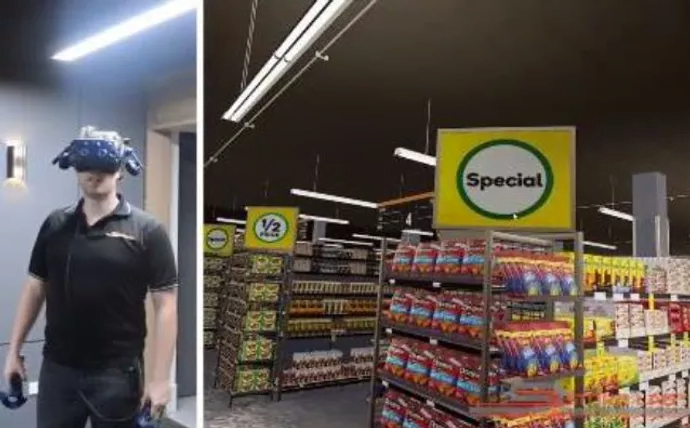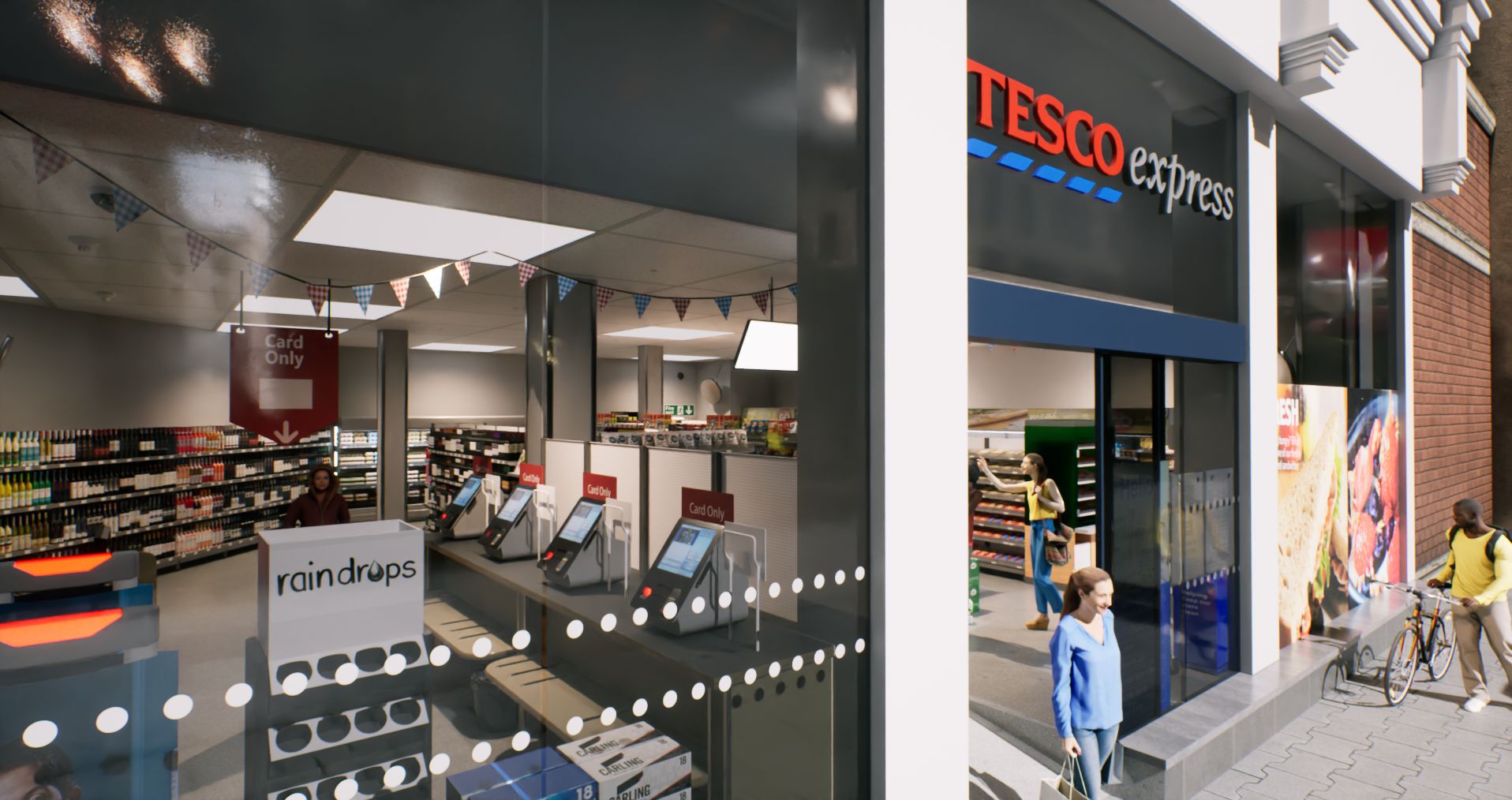Virtual Reality Store Design – Complete Guide
Virtual Reality (VR) is rapidly changing the way retailers plan, design, and optimise physical store environments. From improving customer flow to reducing fit-out costs, VR technology gives retail leaders more control, speed, and data-backed insights than ever before.
In this guide, we explore how VR is transforming store design, what benefits it brings, and how StoreLab supports leading retailers with immersive simulation tools that help turn ideas into reality.
What Is VR Store Design?
VR store design refers to the use of virtual reality simulations to model and test retail environments before any physical build takes place. Using digital twins and real-world data inputs, retailers can visualise store layouts, tweak merchandising, and evaluate customer pathways in a risk-free virtual setting.
This approach is especially valuable in sectors where store design has a direct impact on shopper behaviour, conversion rates, and brand experience.
Key Benefits of VR in Retail Layouts
Accelerates iteration across teams and departments
Faster Iteration Cycles
With traditional store planning, every adjustment to layout or product placement often requires rework, reprints, and coordination across teams. VR streamlines this. Teams can make changes in real time, evaluate the outcome immediately, and reduce feedback loops from weeks to days.
By leveraging platforms like StoreLab Connect, internal teams and external stakeholders can collaborate in shared virtual environments from anywhere.
Better Customer Flow Testing
A well-designed layout guides shoppers intuitively. With VR, you can test customer journeys using behavioural data, track simulated dwell times, and identify choke points or blind spots long before they become real-world problems.
This is where StoreLab Research adds value, allowing retailers to collect and analyse in-simulation insights to inform smarter decisions.
Cost-Efficient Spatial Planning
Floor space is expensive. Poor use of it is even more costly. VR design lets you test shelving heights, display placements, and aisle widths without moving a single physical fixture. This leads to smarter capital allocation and helps avoid costly missteps during fit-out.
Use Cases Across Retail Sectors
VR design tools are being applied across a range of sectors, including:
Grocery Retail
Grocery chains can use VR simulations to plan category adjacencies, test queue management strategies, and trial different refrigeration placements. It also supports seasonal and promotional planning across high-volume stores.
Beauty and Cosmetics
In sectors where visual merchandising is everything, VR enables experimentation with lighting, shelving, and premium placements. It helps brands test customer engagement zones and improve shopper dwell time at hero displays.
Apparel and Fashion
VR simulations can be used to optimise changing room placement, test the impact of open floor layouts, and model how collections are showcased. It’s also useful in creating consistent brand experiences across multiple sites.
Hardware and Home Improvement
Large-format stores benefit significantly from VR planning. Whether trialling navigation signage, tool wall placements, or aisle organisation, retailers in this space can avoid costly installation errors and reduce on-site redesigns.
Flexible Formats for Every Store Type
StoreLab’s VR design tools cater to a wide range of retail formats. Whether you’re working with flagship stores, pop-ups, compact metros, or rollout kits for national networks, the platform adapts to your layout and branding needs.
For dispersed teams, StoreLab Fieldforce allows consistent execution by aligning teams on campaign implementation, even across hundreds of locations.
Ready to Transform How You Design Stores?
Discover how StoreLab’s VR solutions can reduce costs, improve decision-making, and help you build stores that perform. Explore our full range of services here.








